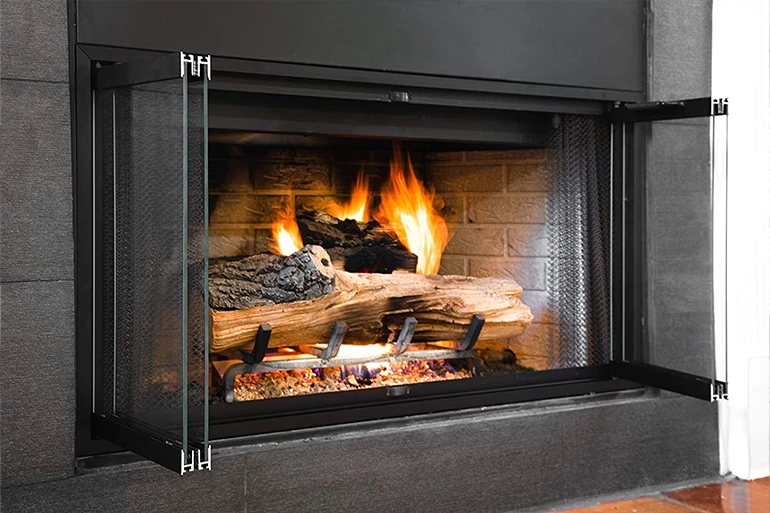Fireplace Doors & Screens Buyer's Guide
Are you looking for options to add or replace glass fireplace doors? You've come to the right place. Here's an overview of what you need to know about fireplace doors. This guide will cover the types available to you and explain how to find one that fits your fireplace. It will also provide some basic installation tips and safety precautions.
Fireplace doors offer a stylish way to protect your home from flying embers and improve the overall heat efficiency of your fires. However, you can't just slap on any doors you want. Installing the wrong fireplace doors is a major safety hazard. So, whether you are replacing old doors or adding doors to an open fireplace, these guidelines will help ensure you make the right selection.


